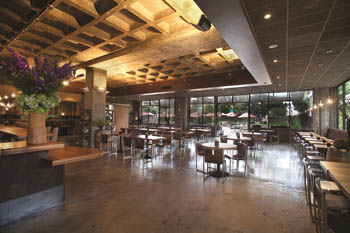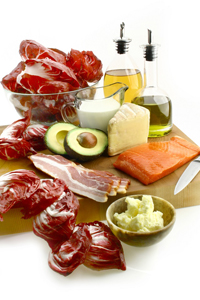Gluten Limiting and Avoidance Reaches All-Time High
Friday, 05 April 2013 19:07Although the trend in the United States was thought to have run its course in 2011, the number of American adults eschewing gluten is growing, making “gluten free” the health issue of the day.
About a third of U.S. adults say they want to cut down or be free of gluten in their diets, the highest percentage making this claim since The NPD Group, a leading global information company, began asking the question in 2009. NPD’s Dieting Monitor,which continually tracks on a biweekly basis top-of-mind dieting and nutrition-related issues facing consumers, reports that 30% of adults—or roughly one in every three—claimed to cut down on or avoid gluten completely in January 2013.

 Generally speaking, a perfectly grilled item should have a nice brown coating on the outside and be moist and juicy inside. Here’s how to successfully teach the technique of grilling within a shorter class period.
Generally speaking, a perfectly grilled item should have a nice brown coating on the outside and be moist and juicy inside. Here’s how to successfully teach the technique of grilling within a shorter class period.
